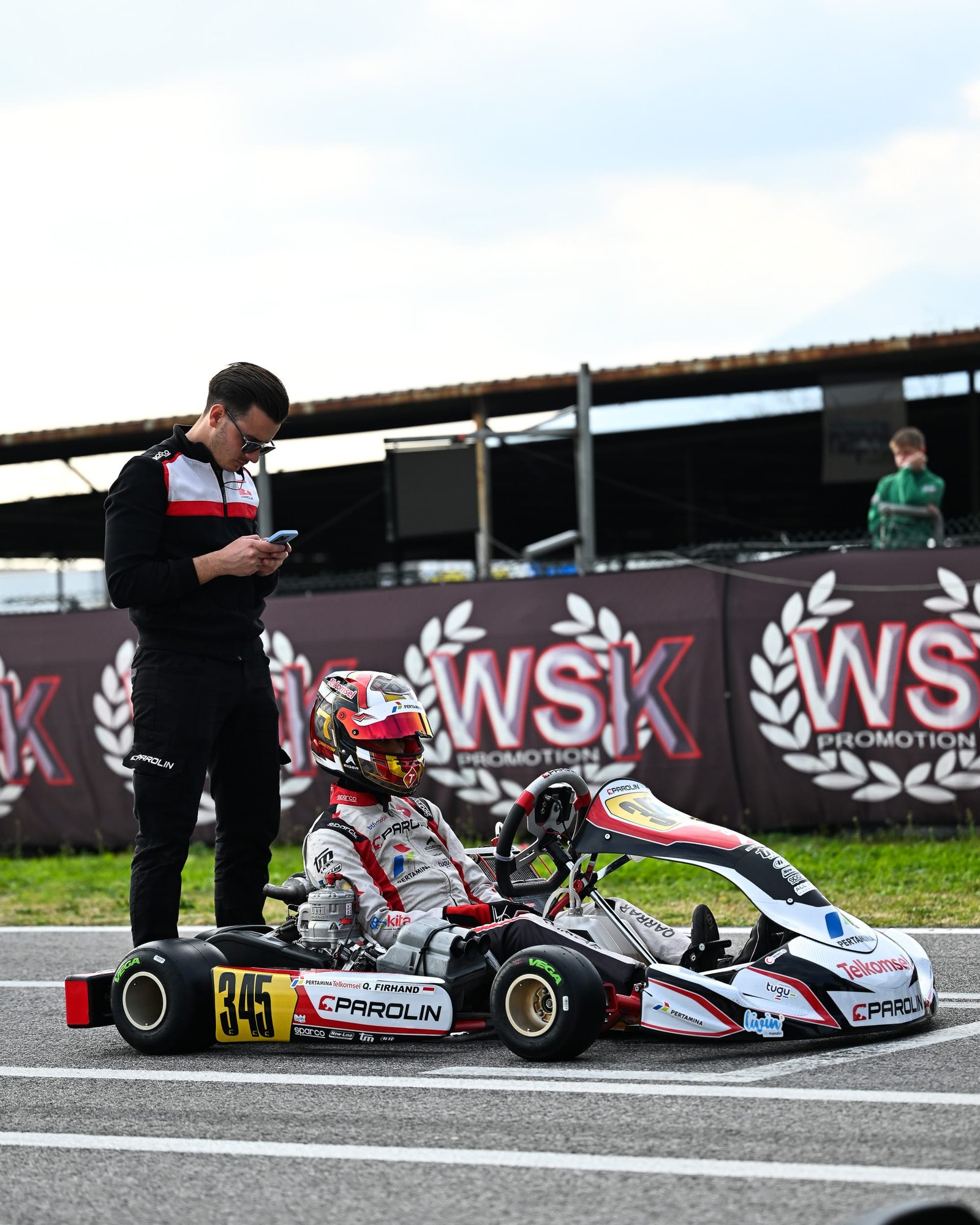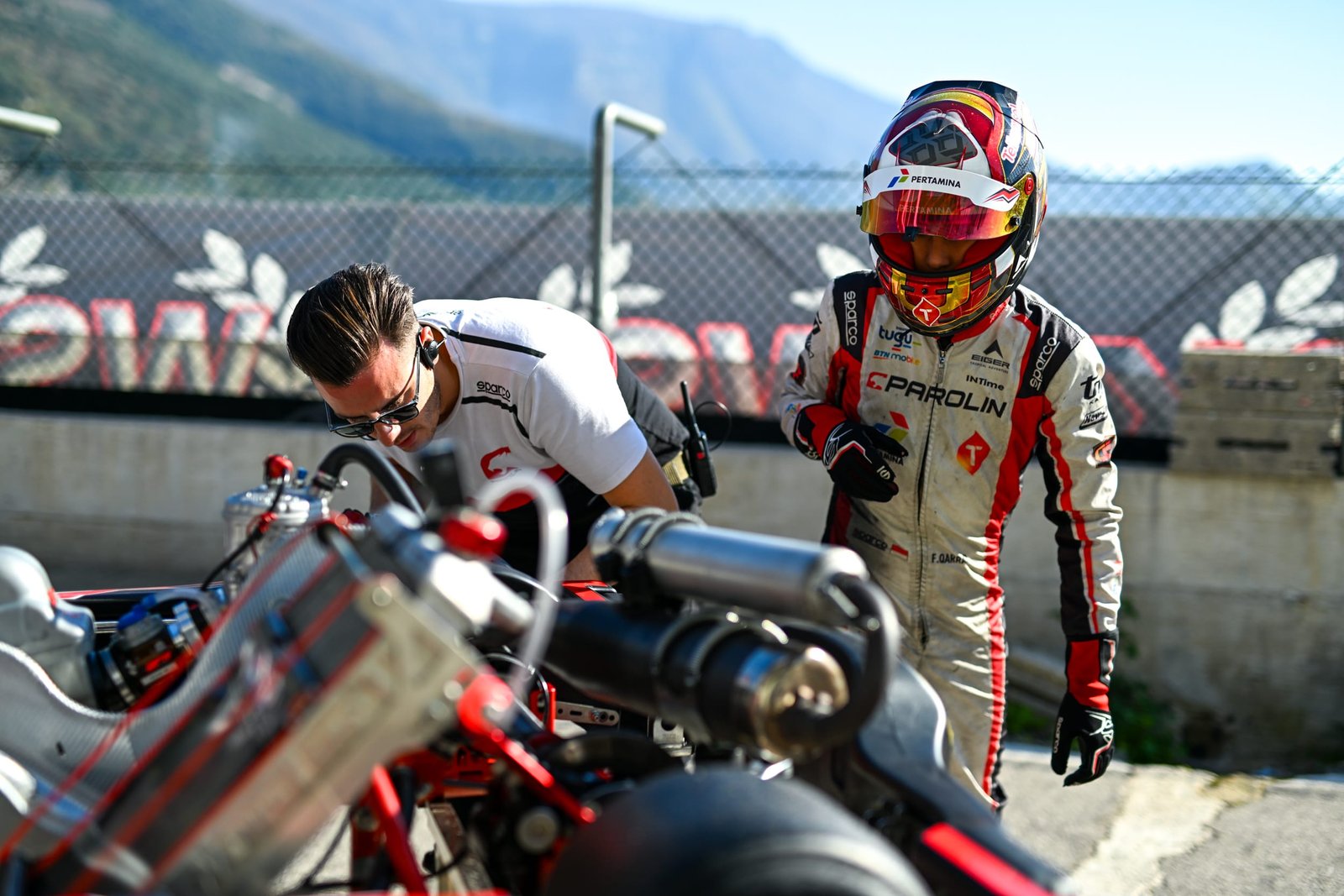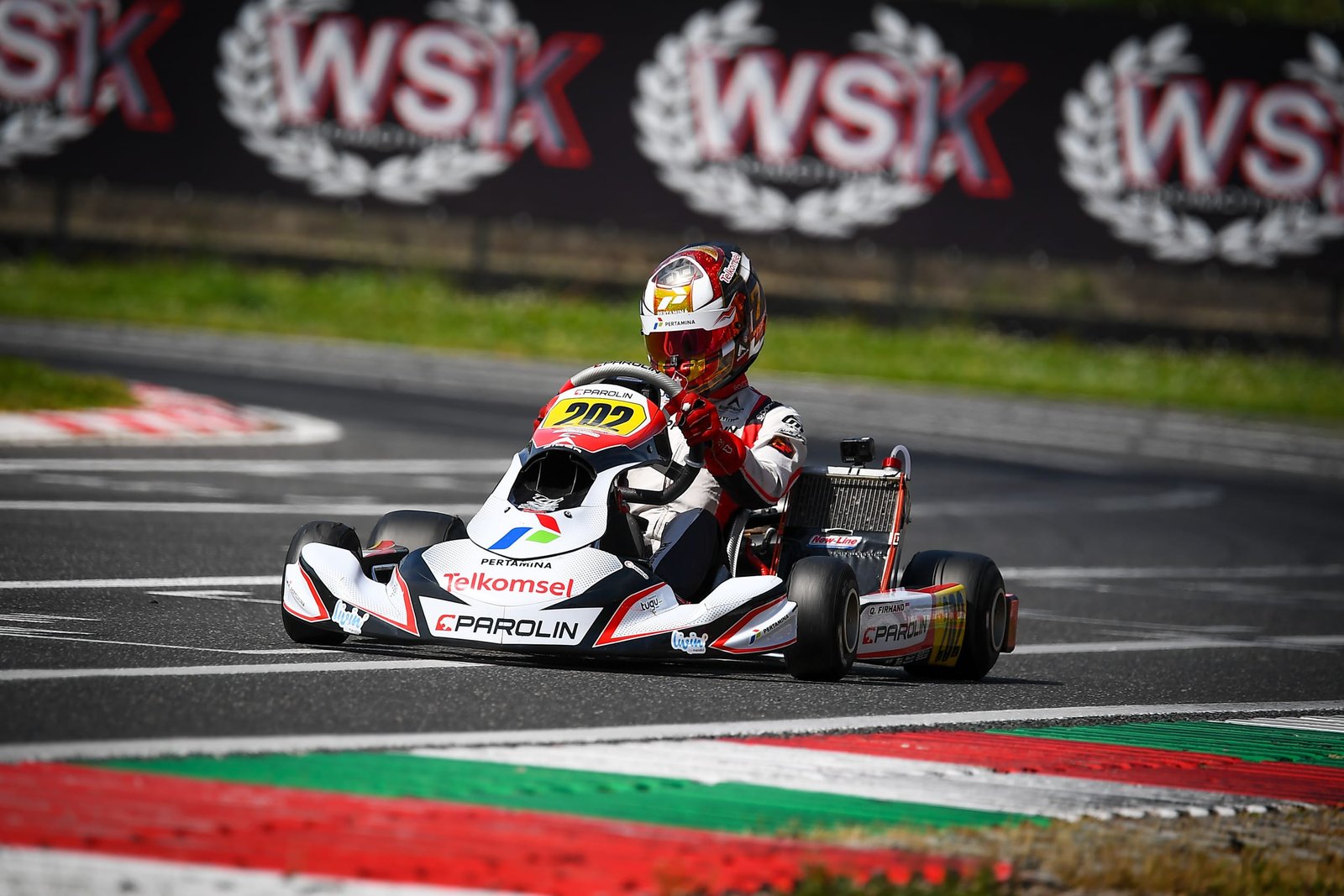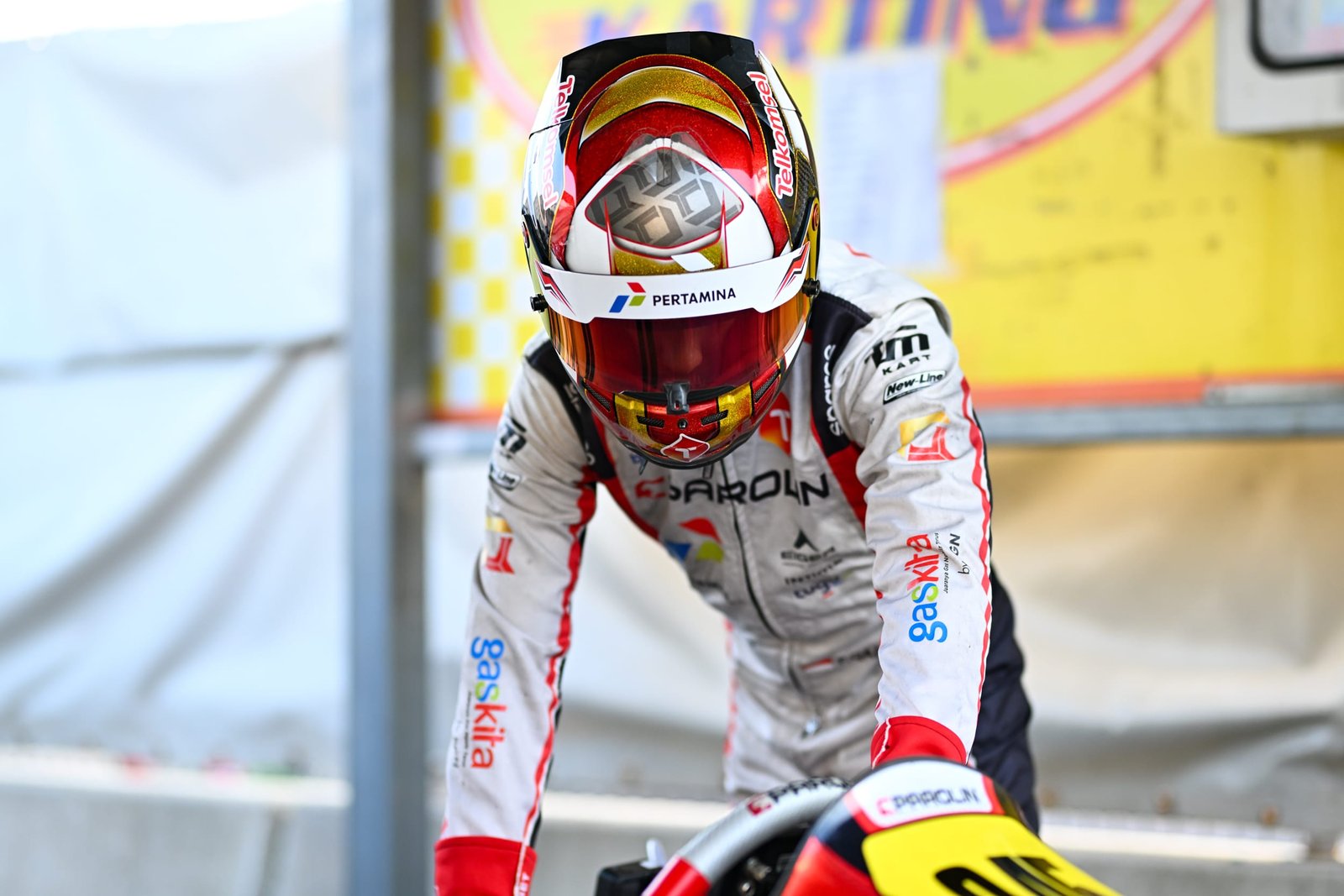If you’re a kart racer, you know that every little detail can make a difference on the track your skills, your equipment, and yes, even your body weight. It’s not just about being light; it’s about maintaining the right balance between strength, endurance, and agility. In this article, we’ll break down how you can manage your weight effectively to maximize your performance and stay competitive.
Why Body Weight Matters in Kart Racing
Kart racing isn’t just about speed; it’s about control. A lighter driver might have an edge in acceleration, while a slightly heavier one can benefit from better traction and stability. But here’s the catch—too much weight slows you down, and too little might make handling tricky. Many karting competitions have minimum weight requirements, so the key is to find your sweet spot and stick with it.
Finding Your Ideal Racing Weight
There’s no one-size-fits-all weight for kart racers. It depends on your racing category, kart setup, and competition rules. The best approach? Work with your coach, trainer, or mechanic to determine the ideal weight range that allows you to maintain both speed and stamina.
Strategies for Achieving Optimal Weight
1. Eat Smart, Race Strong
You don’t need to starve yourself or bulk up unnecessarily. Instead, focus on a balanced diet that fuels your body:
- Lean Proteins: Chicken, fish, eggs, and plant-based options for muscle repair and recovery.
- Complex Carbs: Whole grains, brown rice, and oats to provide steady energy.
- Healthy Fats: Nuts, seeds, and avocado to support endurance and brain function.
- Hydration: Staying hydrated keeps you sharp and prevents fatigue during races.
2. Train Like a Pro
Kart racing requires endurance, core strength, and flexibility. Your training should include:
- Cardio Workouts: Running, cycling, or swimming to build stamina.
- Strength Training: Light resistance exercises to enhance muscle control without adding bulk.
- Core Stability Workouts: Planks, leg raises, and balance drills for better handling on tight corners.
3. Watch Your Caloric Intake
Think of your body as a finely tuned engine—it needs the right amount of fuel. Eating too little can lead to fatigue, while eating too much might add unnecessary weight. Track your calorie intake and adjust it based on your training intensity.
4. Avoid Extreme Weight Cuts
Some racers fall into the trap of quick-fix weight loss strategies like skipping meals or excessive dehydration. Big mistake! This can cause weakness, slow reaction times, and even put your health at risk. Instead, aim for a gradual and sustainable weight adjustment.
Maintaining Your Racing Weight
1. Stay Consistent
Crash diets and last-minute weight cuts won’t do you any favors. Stick to a structured meal and exercise plan throughout the season.
2. Regular Weight Check-Ins
Weigh yourself consistently—preferably weekly—so you can make small adjustments instead of drastic changes before a race.
3. Focus on Body Composition, Not Just Weight
Instead of obsessing over the number on the scale, focus on maintaining lean muscle and minimizing excess fat. Your goal should be strength without unnecessary bulk.
4. Adapt to Seasonal Changes
Your diet and training should shift depending on the season. Hot weather may require extra hydration, while colder months might mean adjusting your calorie intake to maintain energy levels.
Weight Regulations and Ballast Management
Many karting competitions have strict weight regulations. If you’re naturally lighter, you might need to add ballast (extra weight) to meet the minimum requirements. While this is a common practice, managing your weight naturally can give you better handling and control, making you a more efficient racer.
Final Thoughts
In kart racing, every advantage counts. Managing your body weight isn’t just about shedding kilos—it’s about finding the perfect balance between strength, endurance, and agility. With the right nutrition, training, and consistent habits, you can optimize your performance and gain that crucial edge on the track.
So, are you ready to fine-tune your racing physique? Start implementing these strategies today and feel the difference in your next race!







